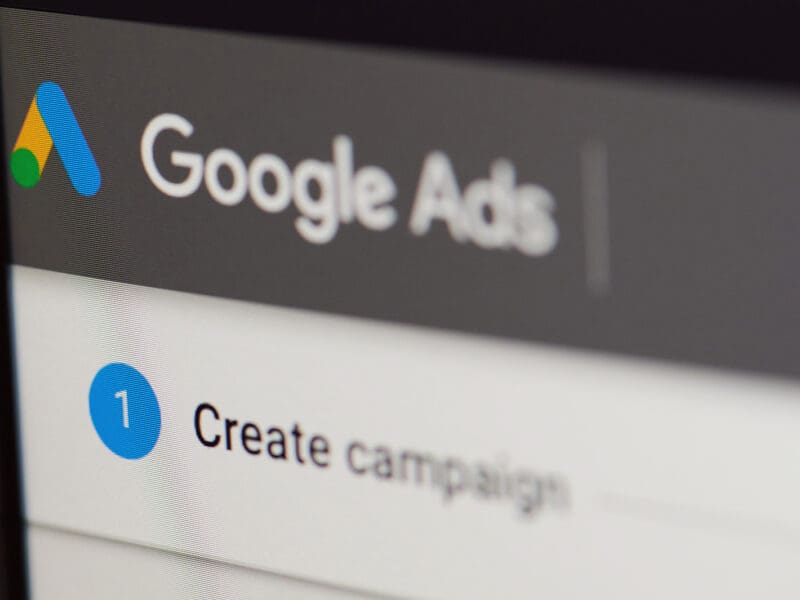
7 Steps For Creating Effective PPC Ads
7 Steps For Creating Effective PPC Ads https://www.lodestarmg.com/wp-content/uploads/2025/06/7-steps-for-creating-effective-ppc-ads-1024x451.png 1024 451 Lodestar Marketing Group Lodestar Marketing Group https://www.lodestarmg.com/wp-content/uploads/2025/06/7-steps-for-creating-effective-ppc-ads-1024x451.pngEver wonder how some ads grab your attention while others totally fade into the background? Online Pay-Per-Click (PPC) campaigns are a way to broadcast your message to potential customers. To write ads that get people excited to click, think of your ad as your first hello, your tiny sales pitch, and that little hand wave to get someone’s attention to think, “Yep, I need to click that!” So, how do you create PPC ads that resonate? Let’s break it down step by step.
Step 1. Think About The Customer’s Personas
Before you type a single word, imagine the person on the other side of the screen. Who are they, really? What do they care about? What problems are they trying to solve? Understanding their intent is key. For example, if someone’s typing “best-smelling dandruff shampoo,” they’re probably looking for reviews or comparisons. But if they type “buy Head & Shoulders Green Apple,” they’re clearly ready to shop. Your ad copy needs to speak directly to their specific need at that moment, showing them how your product or service can improve their life.
Step 2. Use Those Keywords
Keywords are like the secret sauce of PPC. They’re the words people type into Google, and you want your ad to pop up when they do. Sprinkle them into your headlines and descriptions – but make it sound normal and conversational. Try to put your main keyword at the beginning of your headline; if someone is searching for “emergency tree trimmer,” starting with “Emergency Tree Trimmer” is a quick way to say, “Hey, I’m what you’re looking for!” Also, use other phrases people might use to search, like “Urgent Tree Removal” or “24/7 Tree Service,” rather than just repeating the same word or phrase. Your ad should sound like a conversation, not a keyword list, so avoid “keyword stuffing,” where you cram words in. That is terrible to read, and Google doesn’t value it either.
Step 3. Tailor Everything Within The Limits
Your headline is prime real estate – it’s the first thing anyone sees. You only get a tiny bit of space, so you will need to make every character count! On platforms like Google Ads, you typically have three headlines, each with a character limit of up to 30 characters. That’s short, so you need to be clear and concise, getting your main message across instantly. Try to discuss the benefits, not just the thing. Instead of “Battery-Operated Hand Warmers,” try “Keep Hands Warm For Hours” (See how that focuses on the benefit?). You can also create a sense of urgency with phrases like “Limited Time Offer!” or “This Weekend Only!” Asking a question, like “Want Gorgeous, Shiny Hair?” followed by your solution, can also be effective. Offers and awards are always eye-catching, so try using phrases like “Save 20% Today!” or “2025 Award-Winning Formula.”
Step 4. Tell More of the Story In Your Descriptions
Your descriptions give you more room to explain why your ad is worth clicking. This is where you really sell your offer. Google Ads typically provides 2 description lines, each up to 90 characters. This is your chance to elaborate on your headline’s promise and provide more reasons for someone to choose you. Shine a light on your unique selling propositions – what makes you special? Think “Free Shipping,” “24/7 Live Support,” or “Award-Winning Service Since 2005.” This is your moment to stand out by offering a solution to a problem or need. By using action words like “Discover,” “Learn,” “Explore,” “Get Yours,” or “Shop Now,” you can guide your audience even more to click.
Step 5. Have a Clear “Call to Action” (CTA)
A compelling call to action should tell people exactly what you want them to do once they see your ad. Be specific: instead of “Click Here,” try “Shop Our Sale,” “Get a Free Quote,” “Download the Ebook Now,” or “Sign Up for Updates.” Make it sound like a good deal for them – “Get Your Free Trial” sounds better than “Get Info.” Finally, make sure your CTA matches your landing page: if your ad says, “Shop Now,” make sure they land on a page where they can actually shop.
Step 6. Include Ad Extensions
Ad extensions are like bonus features for your ad. They let you add more helpful info without gobbling up your precious character space in the main ad text. This makes your ad bigger and more noticeable! For example, sitelink extensions can link directly to specific pages on your website, such as “About Us” or “Our Services,” and callout extensions highlight quick, appealing benefits, like “Free Shipping” or “24/7 Customer Support.” You can also use structured snippet extensions to highlight categories of products or services you offer, call extensions to let people call your business directly from the ad, or price extensions to display specific product prices, which is particularly useful for sites with direct shopping opportunities. Using a few of these can really make your ad pop and encourage more clicks.
Step 7. ABT. Always Be Testing
Writing excellent ad copy isn’t a one-and-done thing. You’ll want to create a few different versions of your ads, testing various headlines, descriptions, and calls to action. Then, monitor your results. Compare the “Click-Through Rate” (the percentage of people who click your ad) and your “Conversion Rate” (the percentage of people who take the desired action after clicking). Learn from what the data tells you. If one ad is performing well and another is not, figure out why. Pause the poor-performing ones and create new ones based on what you’ve learned. Digital marketing is ever-evolving, so stay curious; new features come out, and what worked yesterday might not be the absolute best today.
Creating PPC ads that perform means knowing how to connect with your audience. At Lodestar Marketing Group, we develop ads that get results. Our status as a Google Premier Partner and a Microsoft Advertising Certified Professional means you’re working with a highly qualified digital marketing team dedicated to helping your business stand out online. Contact us today to get started.
- Posted In:
- PPC


